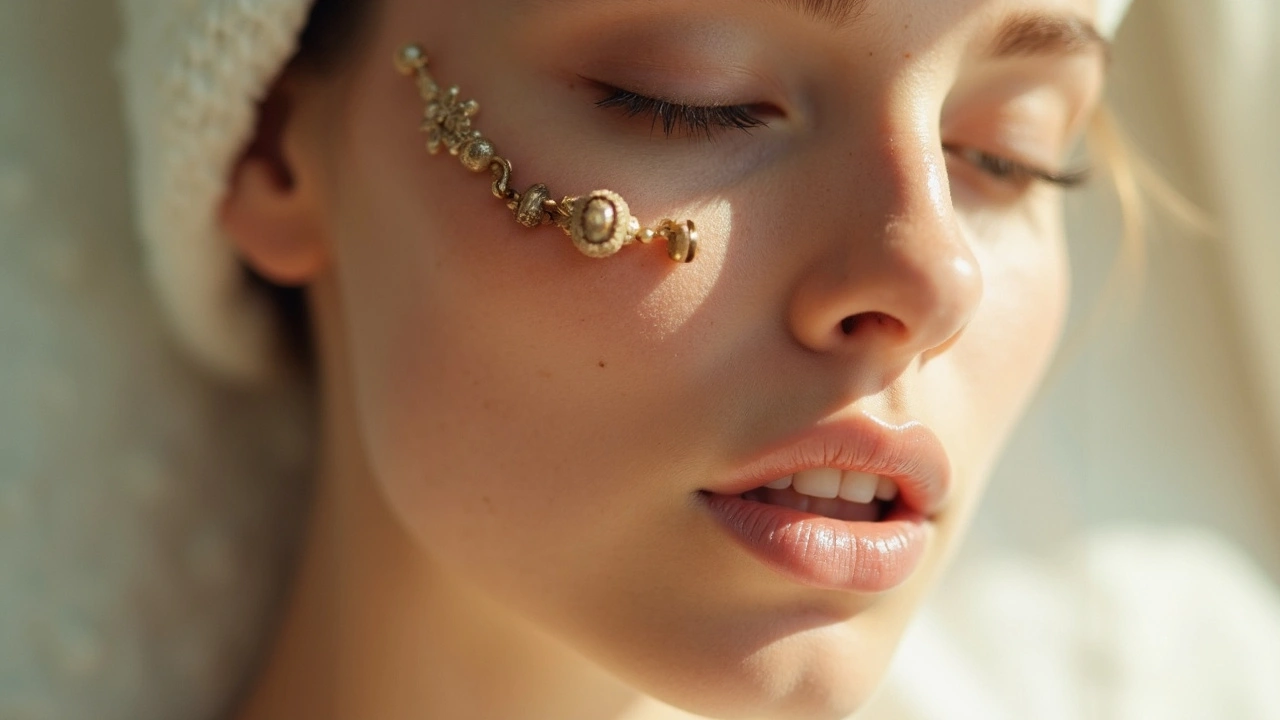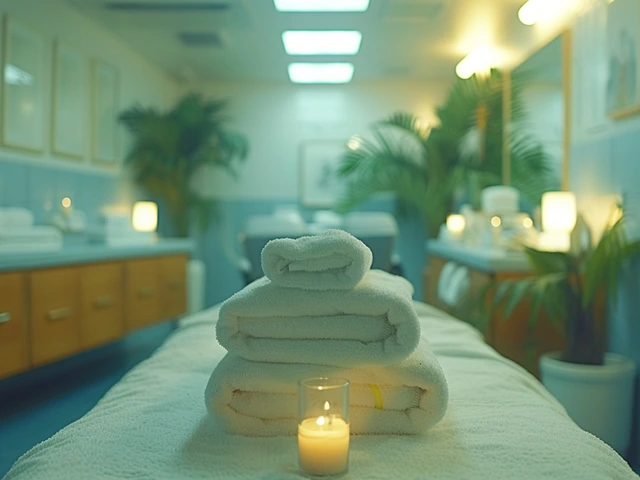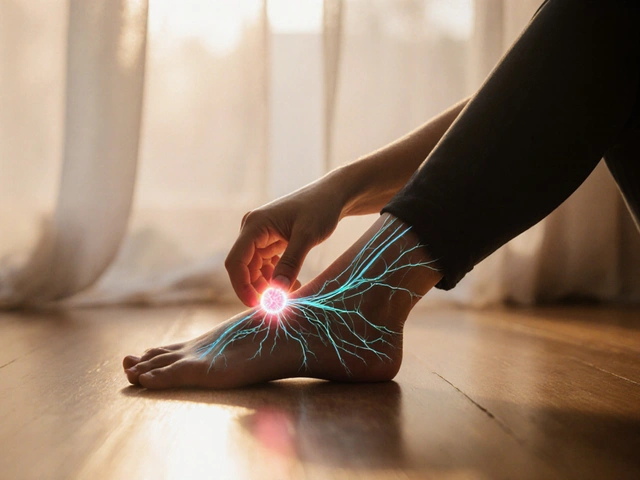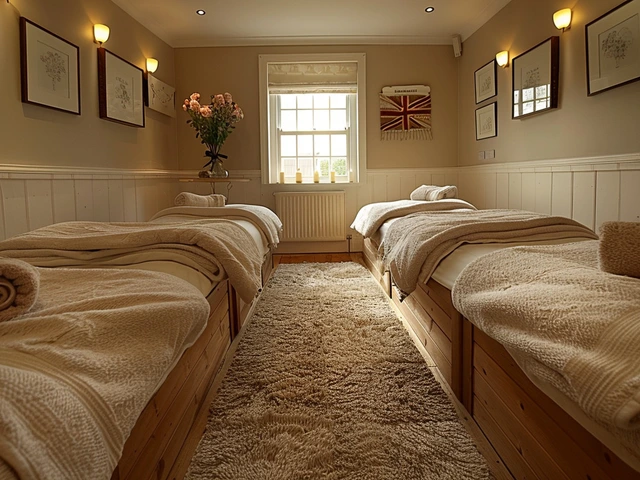Facial Treatments: Simple, practical ways to refresh your skin
Facial treatments do more than feel nice. A good session clears clogged pores, boosts circulation, calms inflammation, and can make skincare products work better. If you want clearer skin, less puffiness, or a healthy glow, this guide helps you pick the right treatment, prepare for a visit, and care for your skin afterward.
Popular facial types and what they do
Classic cleansing facial: deep cleanse, gentle exfoliation, extractions, mask, and moisturizer. Great for regular upkeep and for first-timers. Hydrating facial: uses humectants like hyaluronic acid and soothing masks to add moisture fast—good for dry, flaky skin. Exfoliating options: microdermabrasion and mild chemical peels remove dead skin cells and smooth texture; expect brief redness and avoid heavy sun afterward. LED light therapy: safe, no downtime—blue light helps acne, red light supports collagen and healing when used in multiple sessions. Manual tools: gua sha and facial massage lift circulation and reduce puffiness immediately; learn basic moves to do at home for quick results. Lymphatic drainage: gentle strokes target fluid build-up and post-travel puffiness. Stone therapy for the face uses warm or cool stones to relax muscles and soothe sensitive areas without aggressive pressure.
How to choose, prepare, and look after your skin
Start with a short consultation. Tell your therapist about prescription creams, recent procedures, allergies, or blood thinners. If you use retinoids, stop them a few days before strong peels to avoid irritation. Always ask for a patch test when trying new acids or peels. If you have active cystic acne, rosacea flares, or open wounds, get a medical check from a dermatologist before booking aggressive treatments.
After a facial, keep care simple: gentle cleanser, a soothing moisturizer, and broad-spectrum SPF every day. Skip heavy workouts, hot saunas, and direct sun for 24–72 hours after peels or microdermabrasion. If your therapist prescribes a home routine, follow it for at least two weeks—consistency matters more than fancy products.
Want good results without breaking the bank? Learn a simple nightly facial massage: use a few drops of oil, sweep outward from the nose to the cheeks, lift along the jawline, and use light circular motions under the eyes to reduce puffiness. Add a cool stone or chilled spoon for instant de-puffing after flights or late nights. For long-term change—fewer breakouts or reduced texture—combine monthly professional care with a no-nonsense home routine: cleanse, hydrate, protect.
How often should you book a facial? For maintenance, every 4–6 weeks keeps skin balanced. Hydrating or calming sessions can be done as needed. Stronger resurfacing treatments need longer gaps—usually 6–12 weeks—so your skin fully recovers. Choose a technician who explains each step, listens to your skin concerns, and gives clear aftercare instructions. That one choice saves time, money, and irritation down the road.
Book a consult, start simple, and build a plan that fits your skin and schedule. Small, steady steps after a well-done facial deliver the best long-term results.

Snail Facial Massage: The Surprising Skincare Trend Transforming Beauty in 2025
Explore the science and secrets behind snail facial massages, a viral beauty trend in 2025. Discover what works, real experiences, tips, and what to expect before trying it yourself.
Categories
- Health and Wellness (148)
- Alternative Therapies (86)
- Massage Therapy (40)
- Travel and Culture (15)
- Beauty and Skincare (9)
- Holistic Health (8)
- Health and Fitness (5)
- Spirituality (5)
- Other (2)
- Personal Development (2)
Popular Articles



